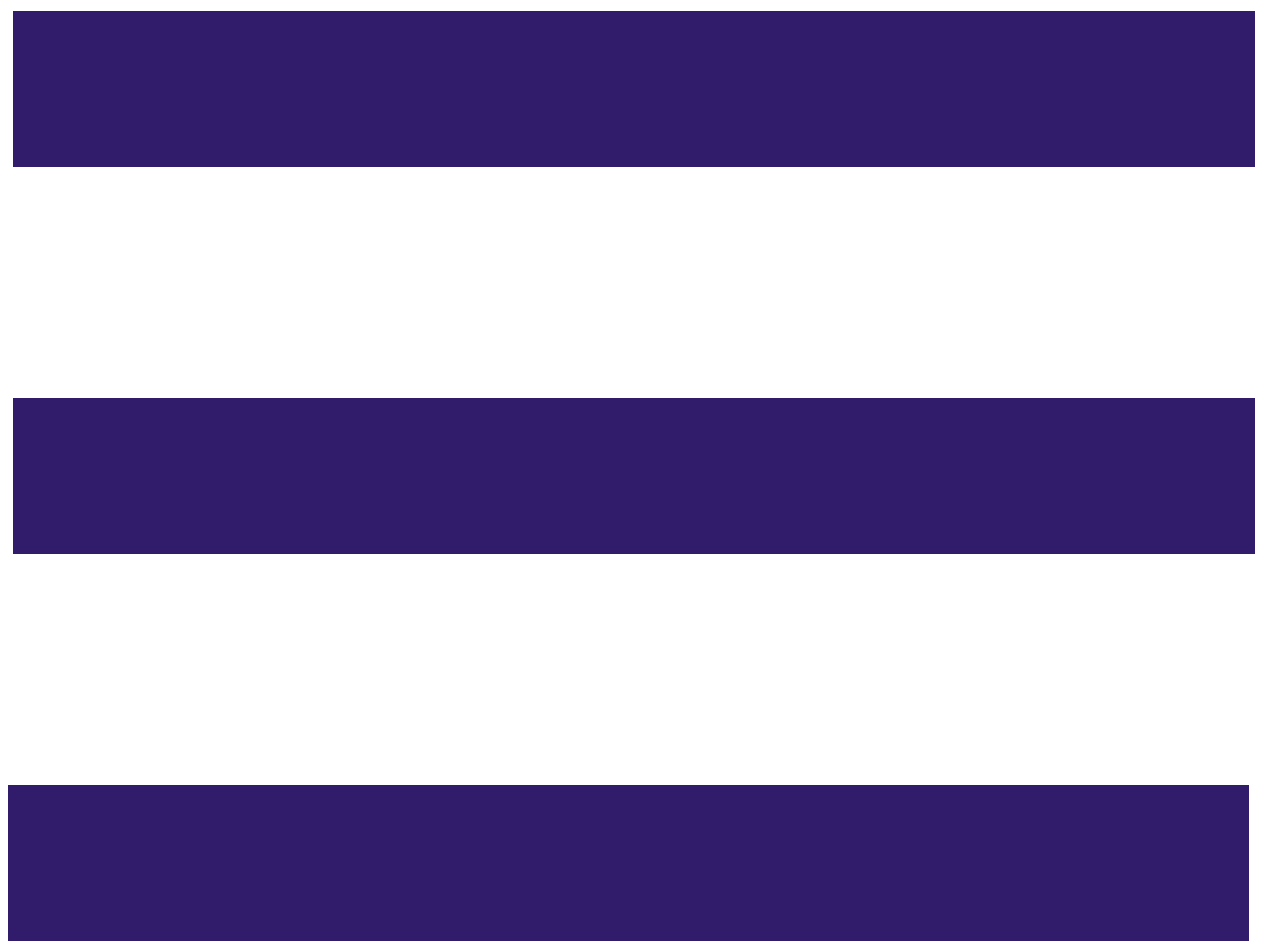It was a late April afternoon, around ten years ago, that I found myself laid across a blanket on the quad of my campus, deciding if this was the day that I was going to finally write about my sexuality. I was enrolled in a wonderful Latina literature class whose syllabus included writings by queer Latinas like Cherríe Moraga, Gloria Anzaldúa, and Daisy Hernandez. That semester was difficult, but this class was a refuge, away from the grind of surviving a PWI, and reading the work of these queer Latinas made me finally realize that queerness was a part of my womanhood. While I felt that connection, it would take some time for me to be able to feel safe being known to the world as a Lesbian.
The first election I ever voted in was in 2011, when a hateful marriage referendum was on the ballot in North Carolina. I went to the protests, I wore the buttons, and I was overcome by grief when the referendum passed. Despite this, I really saw myself as just an LGBTQ Ally. I was clearly a little too passionate to be just an ally, of course, but I was afraid, in a sense, that I was too unsure of who I was to be a part of the Lesbian community.
As a first generation college student, and the daughter of immigrants, my struggles navigating the world were not the stories of the queer women I heard of. My queerness didn’t look like rainbows all over my binders, or listening to Indigo Girls and fawning over the cast of the L Word. My queer niñez was the stolen glances at quinceañeras, and the family sanctioned sleepovers where we stayed up late, sitting a bit too close in bed talking about the boy crush I had made up for the week.
So, the day that I came out to my abuela and I told her I was lesbiana, she told me that she knew. She told me that I lived in the world differently, and even in those moments when I didn’t know I loved girls, when I didn’t even have the words to describe myself, I was visible in my queerness – to my elders and to myself.
This April, I visited my alma mater for a screening of AHEAD OF CURVE, and had the opportunity to be in conversation with a few dozen students. They asked me what it was like to be back on campus, years after marriage equality and when more people are out and visible than ever before. I told them that I feel lucky to get to live in a world where my best friend is also my wife, and a time when there is no shortage of good and terrible queer lady rom coms. As we ended the screening for the film that evening, one student asked if she could feel a connection to the film if she wasn’t sure she was a lesbian—if she was just queer. Would these spaces be open to her?
We queer women—lesbian women, bisexual women, pansexual women, and women who just love women—have a beautiful, powerful legacy. Queer women have been on the frontlines of every struggle for liberation, but as women that do not fit into how society wants us to, we’ve had to chart other ways to love, to care, and to build. I want young people to not forget that queer women have always been visible, even when labels were different or identities didn’t make sense.
On Lesbian Visibility Day, I celebrate queer women and all who feel a connection to our community. I celebrate the girl who cut off her hair after her Catholic Confirmation and is ready for everyone to know she is queer. I celebrate the woman who transitioned two months ago, and is on her first date with another woman in ten years. I celebrate the young woman who is in the middle of Iftar and is not quite sure how to stop looking at her neighbor’s niece. Everyone’s visibility is different, and we are all at a different step in our journey. Wherever you are in your story, keep being visible.



